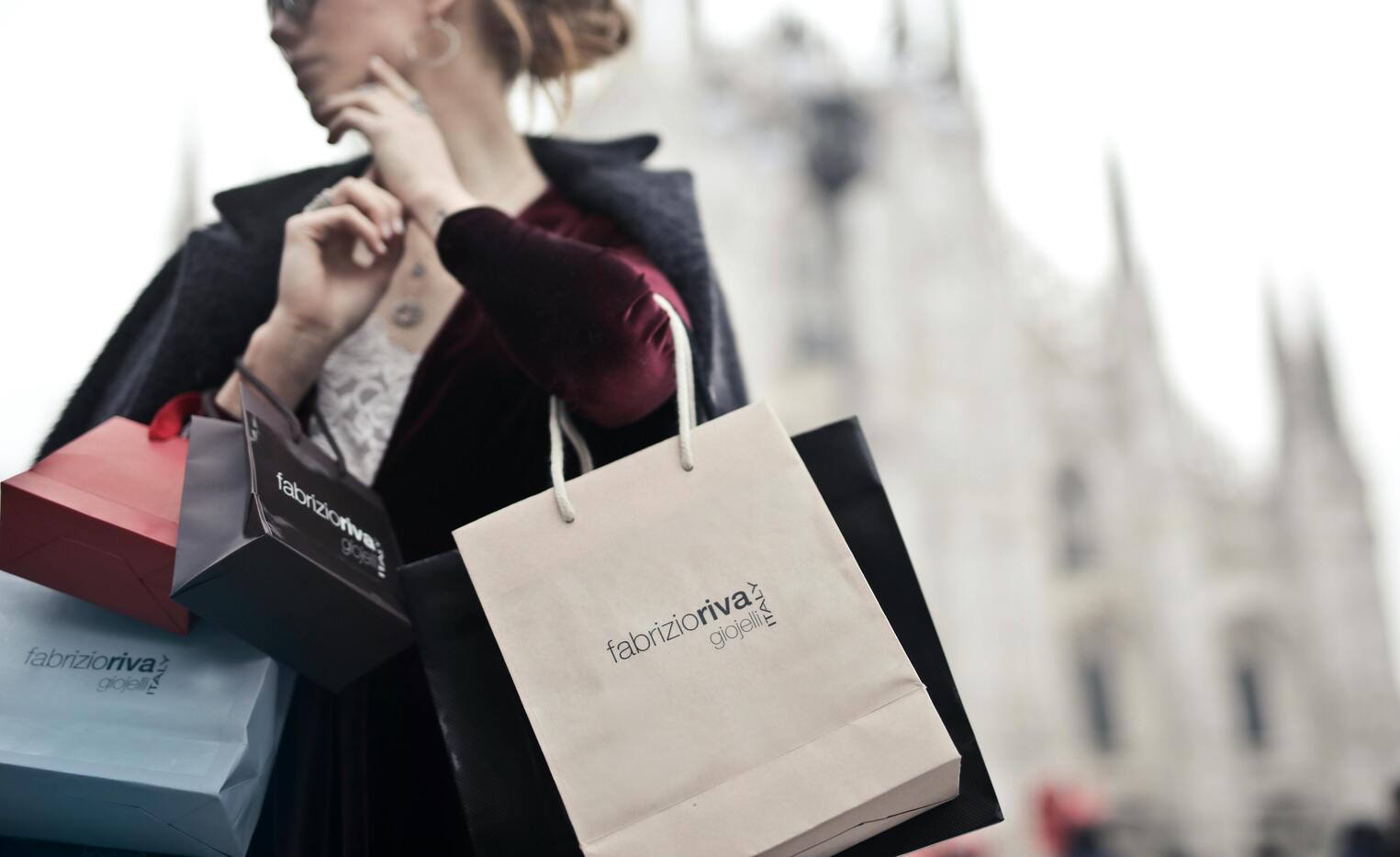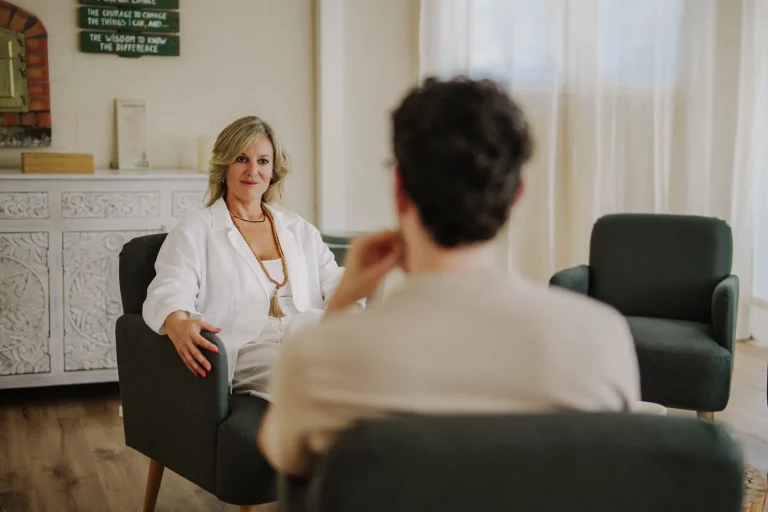
There’s a unique kind of thrill that comes with hearing a knock at the door or seeing the notification: “Your package has been delivered.” That small cardboard box on the doorstep feels like a little piece of happiness, neatly wrapped and waiting. For many people, this is simply a pleasant part of modern life. But for others, that “rush” isn’t about what’s inside at all, it’s about the emotional release that buying provides.
Shopping addiction, or compulsive buying disorder, goes far beyond an occasional splurge. It’s about using retail therapy as a coping mechanism, a way to manage emotions, and even a substitute for self-worth. In today’s culture of Buy Now, Pay Later, endless sales, and one-click checkout, it’s easier than ever to slip from casual spending into something far more consuming.
What Makes Shopping So Addictive?
Shopping addiction isn’t about greed or superficiality, it’s about psychology. Buying stimulates the brain’s reward system. A new purchase triggers dopamine release, creating a burst of pleasure.
But the thrill is temporary. Once the dopamine fades, guilt or emptiness often follows. To escape those emotions, the brain craves another purchase. This cycle of urge → buy → temporary relief → regret mirrors other behavioral addictions such as gambling. Some common psychological drivers include:
- Emotional regulation: Shopping to soothe sadness, anxiety, or boredom.
- Identity and self-worth: Believing material goods will fix self-esteem.
- Escape: Distracting from trauma, loneliness, or stress.
- Illusion of control: Buying creates a false sense of power in chaotic lives.
Everyday Signs of Compulsive Buying
You don’t have to max out multiple credit cards to struggle with compulsive shopping. The behaviors often look ordinary, but the patterns reveal something deeper:
- Constant preoccupation: Thinking about sales or what’s next to buy.
- Emotional shopping: Using purchases as a mood boost.
- Impulse spirals: Entering a shop for one item and leaving with five.
- Secrecy: Hiding deliveries or lying about expenses.
- The guilt cycle: Regret after purchases, yet repeating them.
- Financial strain: Bills ignored, debts piling up, or borrowing.
- Failed control attempts: Promising to cut back but slipping again.
If two or more of these resonate regularly, it may be more than a “shopping habit.”
By the Numbers: How Common Is Shopping Addiction?
Studies suggest that 5–8% of adults struggle with compulsive buying disorder, with higher prevalence in younger populations and among women. A recent review also found strong correlations between high perceived stress and compulsive shopping behaviors.
The rise of online shopping has worsened the issue. According to Psychology Today, the accessibility of e-commerce and social media advertising has increased compulsive shopping behaviors, making “Amazon addiction” and “impulse spending” more widespread.
The Modern Triggers of Compulsive Buying Disorder
Our current environment makes it easy to overspend:
- One-click shopping: Amazon Prime and similar platforms allow instant gratification.
- Buy Now, Pay Later: Services like Klarna make overspending feel harmless until bills arrive.
- Endless sales: Black Friday has expanded into year-round promotions.
- TikTok and Instagram influence: “Haul videos” and influencer marketing normalize constant consumption.
Together, these forces blur the line between shopping for need and shopping for emotional relief.
Self-Check: Do You Relate to These?
Take a moment. Do any of these apply to you?
- I shop when I’m lonely, stressed, or sad.
- I often spend more than I intended.
- I hide purchases or feel embarrassed about them.
- I’ve struggled to pay bills because of shopping.
- I regret purchases but still repeat the behavior.
If you answered “yes” to several, you may be experiencing emotional spending or compulsive buying. Awareness is the first step. Understanding the signs of shopping addiction is the first step toward reclaiming control of your life. To support you on this journey, we’ve developed a free and confidential online self-assessment.
The Emotional Cost of “Retail Therapy”
The phrase retail therapy makes shopping sound harmless, but when it becomes the main way to self-soothe, the costs are high:
- Mental health: Anxiety, guilt, and shame are common.
- Relationships: Secrets or financial conflict strain trust.
- Self-trust: Repeatedly breaking promises erodes confidence.
- Avoidance: Deeper issues remain unaddressed when masked by shopping.
Pathways Toward Recovery
Recovery isn’t about never shopping again—it’s about creating balance and addressing root causes.
- Awareness journaling: Track emotions before buying.
- Pause practice: Apply a 24-hour rule before purchases.
- Financial boundaries: Set cash budgets and “no-spend days.”
- Limit triggers: Remove apps, unsubscribe from retail emails.
- Replace with self-care: Exercise, art, mindfulness, or connection.
- Therapy and support: CBT and holistic therapy help uncover triggers. (Addiction Center)
- Accountability partners: Share goals with a trusted person.
- Financial coaching: Professional guidance can rebuild healthy spending habits.
The phrase retail therapy makes shopping sound harmless, but when it becomes the main way to self-soothe, the costs are high:
Resources for Help
If you or someone you love struggles with compulsive buying:
- Shopaholics Anonymous (sanon.org) – support groups for compulsive shoppers.
- National Council on Problem Gambling – resources on behavioral addictions.
- InnerLife Recovery – therapeutic programs focusing on behavioral health and emotional healing.
If You’re Struggling With Shopping Addiction, You’re Not Alone
If you’ve ever felt the surge of happiness when a package arrives, you’re not alone. The psychology of shopping addiction reminds us that what begins as comfort can turn into compulsion. But it also reminds us that these patterns are not permanent.
Your body, your mind, and your finances are not projects to fix. They are companions to cherish. With awareness, compassion, and the right tools, it’s possible to step out of the cycle of compulsive buying and step into a freer, healthier relationship with yourself.
At InnerLife Recovery, we specialize in treating addiction, mental health disorders, and eating disorders in a compassionate, private, and personalized setting.
If you or a loved one is struggling with addiction, our experienced team can help. We offer holistic, trauma-informed treatment that addresses both the addiction and the underlying emotional pain.
📞 Reach out today to learn more about our residential treatment programs. We’re here 24/7h available to help you recover and rebuild.
Contact us today for an obligation-free confidential consultation.
Written by Damaris Tenza – Lead Therapist
Sources & References
- Scientific American – on dopamine and the brain’s reward system in shopping behaviors: The Psychology of Shopping Addiction
- Verywell Mind – overview of shopping addiction, signs, symptoms, and impact: Shopping Addiction: Signs, Symptoms, and Treatment
- ScienceDirect (2024 study) – research on stress and compulsive shopping behaviors: The Relationship Between Stress and Compulsive Buying
- 4. Psychology Today – cultural and technological triggers behind compulsive shopping: Compulsive Shopping: Causes and Treatment
- 5. Addiction Center – treatment strategies and therapeutic approaches for shopping addiction: Signs of Shopping Addiction
- 6. Shopaholics Anonymous / Debtors Anonymous – peer support resources for compulsive shoppers: Debtors Anonymous





